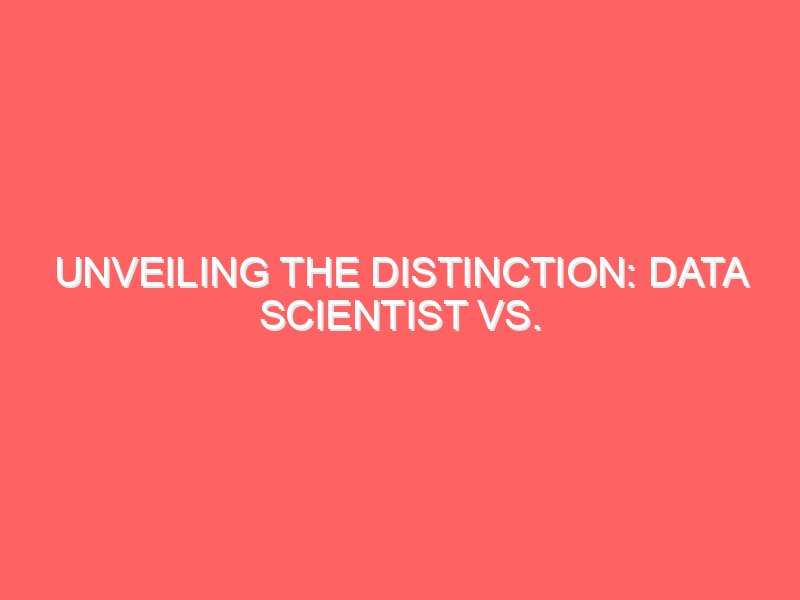Artificial Intelligence (AI) has rapidly moved from being a futuristic idea to an essential part of our everyday lives. From personalized recommendations on streaming platforms to voice assistants, self-driving technology, and advanced data analytics, AI is everywhere. At the heart of many of these innovations lies one programming language that has become a clear favorite among developers and researchers: Python. Its simplicity, flexibility, and rich ecosystem make it the go-to language for AI development. In this article, we explore why Python is so powerful for AI, the tools that make it effective, and how anyone—from beginners to experienced programmers—can start building smart applications with it.
In the world of artificial intelligence, few tools have had as much impact as python. As AI continues to evolve at an astonishing pace, developers, researchers, and businesses consistently turn to python because of its simplicity, flexibility, and enormous ecosystem of libraries. The combination of growing AI demand and the adaptability of python has created a perfect environment for innovation across multiple industries. Whether you’re building predictive models, analyzing massive datasets, or experimenting with neural networks, python remains one of the most reliable and accessible options available today.
One of the fundamental reasons python is so widely used in AI is its clean and intuitive syntax. Complex algorithms can be expressed clearly, helping developers focus on problem-solving instead of fighting with complicated code structures. This readability makes python friendly not only for advanced programmers but also for beginners taking their first steps in AI. Because AI often requires experimentation and frequent iteration, python gives developers the freedom to test ideas quickly and efficiently without unnecessary overhead.
Another major strength of python is its extensive set of libraries. Tools like TensorFlow, PyTorch, and Keras provide powerful structures for deep learning, enabling users to build models for tasks such as computer vision, speech recognition, and natural language processing. These frameworks are all deeply integrated with python, making it easy to access pretrained models, experiment with neural networks, and run highly efficient training loops. For more traditional machine learning methods—including clustering, classification, and regression—scikit-learn offers a robust and user-friendly interface, further expanding what python can accomplish.
Data plays a central role in all AI applications, and python excels in data handling. Libraries such as NumPy and Pandas give developers tools for fast numerical computation, data cleaning, and transformation. Matplotlib and other visualization tools help users explore patterns within datasets. Because of these features, python has become the preferred language for data scientists who need to explore, refine, and test ideas quickly. Even at massive scale, python integrates effortlessly with cloud platforms, distributed systems, and big-data tools.
Another advantage is Python’s large and active community. AI requires constant innovation, and Python’s community contributes thousands of libraries, tools, and tutorials that help developers solve problems faster. Whether you’re working on neural networks, natural language processing, predictive analytics, or automation, chances are someone has already built a Python tool that can help you get started.
The Power of Python Libraries in AI
Python’s real strength lies in its libraries and frameworks specifically designed for AI and machine learning. Tools like TensorFlow, PyTorch, and Keras are widely used for building and training deep learning models. They offer flexible architecture, GPU support, and a wide range of prebuilt models, enabling developers to tackle tasks like image recognition, computer vision, and language translation with ease.
For traditional machine learning techniques such as regression, clustering, and decision trees, libraries like scikit-learn provide simple yet powerful tools. They make it easy to test models, evaluate performance, and fine-tune algorithms without extensive knowledge of advanced math.
When working with large datasets—one of the foundations of AI—Python offers tools such as Pandas, NumPy, and Matplotlib. These libraries help with data cleaning, manipulation, numerical computation, and visualization. Together, they create an ecosystem where data flows seamlessly from raw form to a trained AI model.

Python and Natural Language Processing (NLP)
Another domain where Python shines is natural language processing. With libraries like NLTK, spaCy, and Transformers, developers can build applications that understand and generate human language. This includes chatbots, sentiment analysis tools, automated translation systems, and even content-generation engines.
The Future of AI With Python
As AI continues to grow, Python’s role will only become more important. Its combination of ease of use, extensive libraries, and community support positions it perfectly for future innovation. Whether you’re interested in robotics, automation, data science, or cognitive computing, Python gives you the tools to turn ideas into reality.

In the world of artificial intelligence, few tools have had as much impact as python. As AI continues to evolve at an astonishing pace, developers, researchers, and businesses consistently turn to python because of its simplicity, flexibility, and enormous ecosystem of libraries. The combination of growing AI demand and the adaptability of python has created a perfect environment for innovation across multiple industries. Whether you’re building predictive models, analyzing massive datasets, or experimenting with neural networks, python remains one of the most reliable and accessible options available today.
One of the fundamental reasons python is so widely used in AI is its clean and intuitive syntax. Complex algorithms can be expressed clearly, helping developers focus on problem-solving instead of fighting with complicated code structures. This readability makes python friendly not only for advanced programmers but also for beginners taking their first steps in AI. Because AI often requires experimentation and frequent iteration, python gives developers the freedom to test ideas quickly and efficiently without unnecessary overhead.


